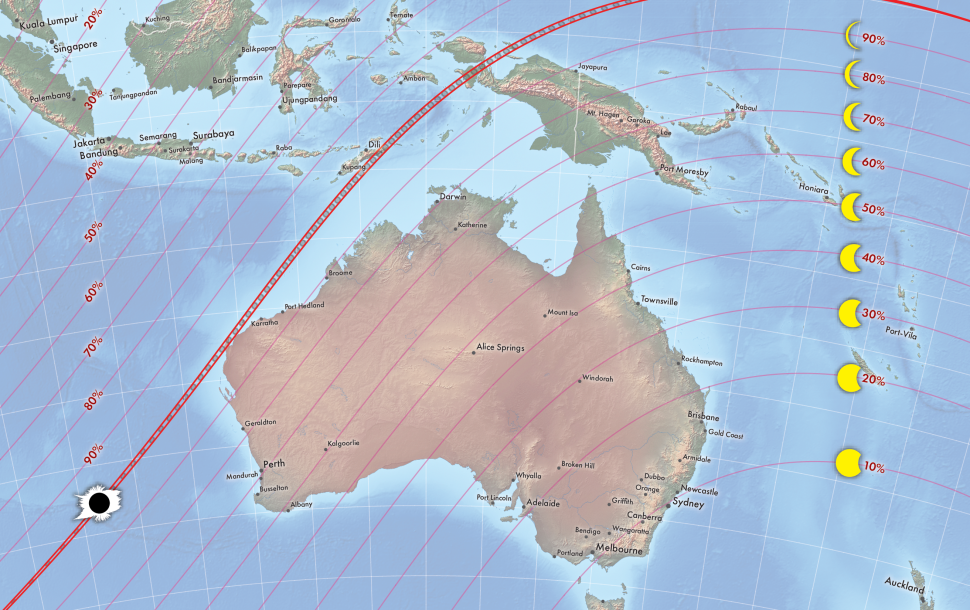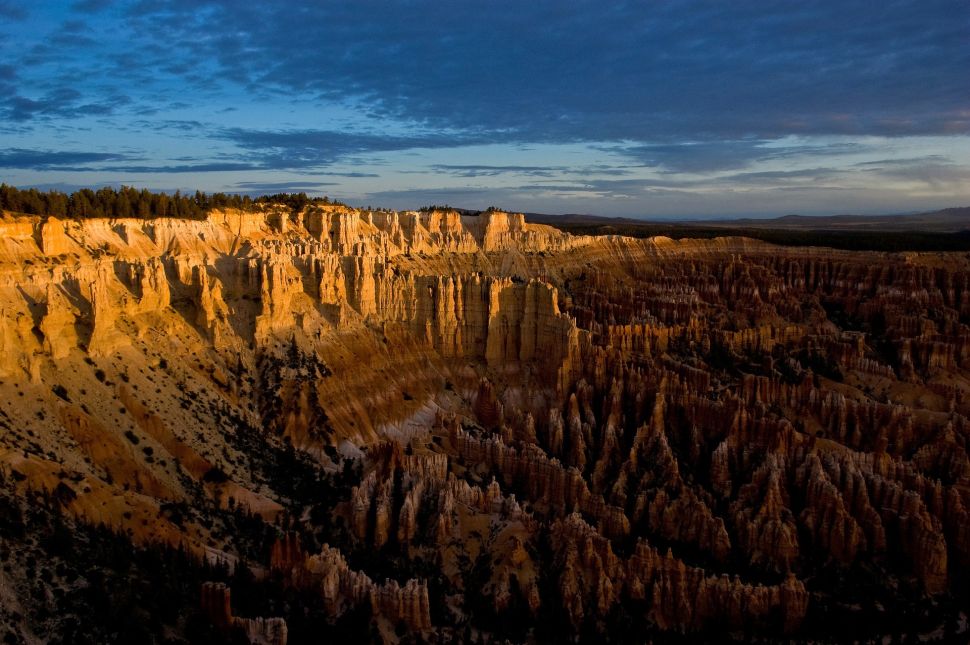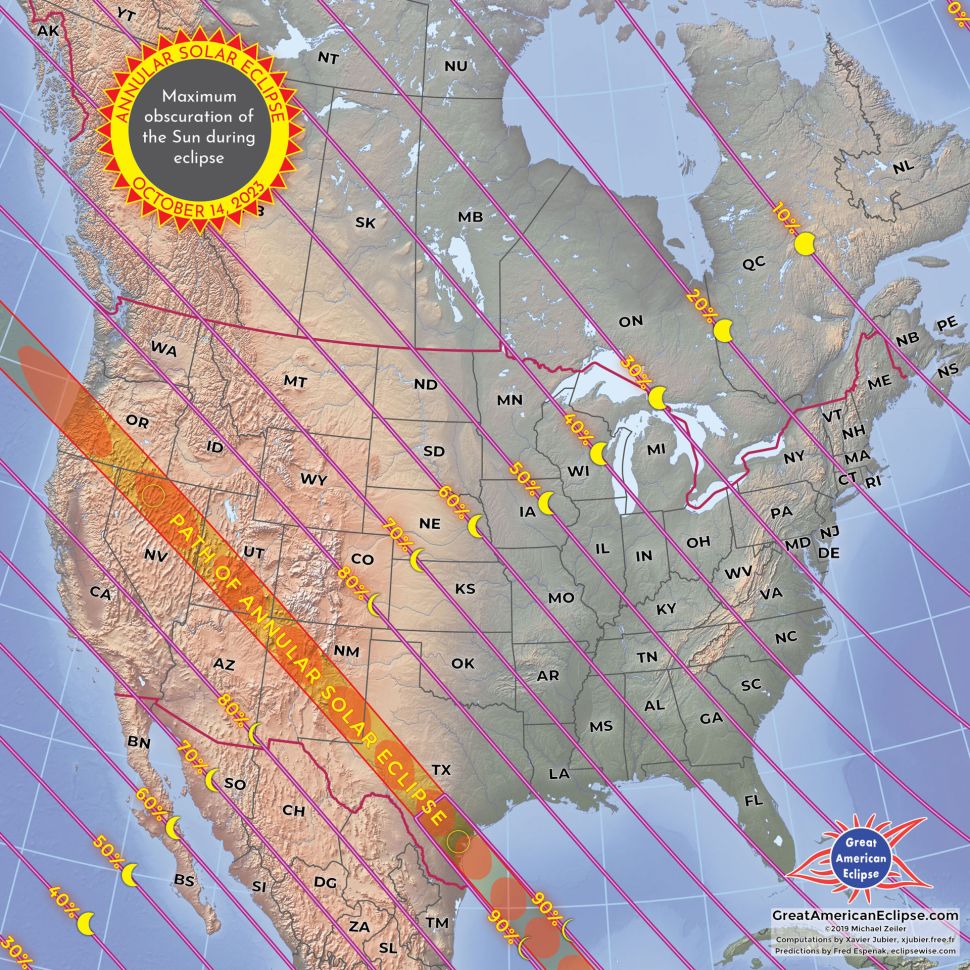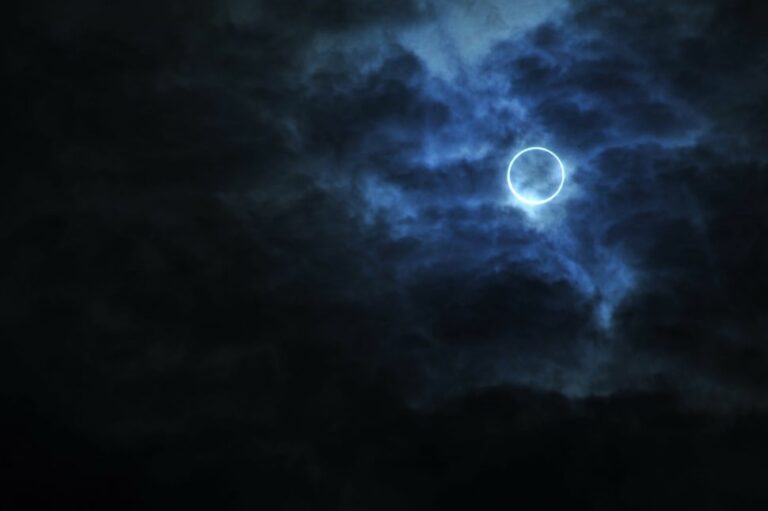2023: A Special Year for Eclipse-Chasers with Total Solar Eclipse and ‘Ring of Fire’
If you’re a fan of solar eclipses, chances are you’ve asked the question, “When’s the next one?” after experiencing one. However, recent total solar eclipses have been challenging to reach and witnessed by only a handful of dedicated enthusiasts. This is all about to change, as 2023 will bring not just one, but two exceptional solar eclipses. While the first event is a very rare occurrence, the second will be easily accessible to millions of people in North America. Here’s why solar eclipse enthusiasts should be excited about what 2023 has in store.
A sight for sore eyes
The last total solar eclipse that could be witnessed by anyone willing to travel into the path of totality occurred on July 2, 2019, and provided a breathtaking spectacle in the late afternoon sky over northern Chile and Argentina. Despite a poor weather forecast, the eclipse was visible with near-perfect clarity across South America, leaving many regretting their decision to wait for the next one.
Unfortunately, due to COVID-related travel restrictions, the last two total solar eclipses were mainly witnessed by domestic eclipse-chasers, with only a handful of people in Antarctica and on special flights experiencing the spectacular event. In 2022, there were no total solar eclipses to travel to, only partial solar eclipses visible in Chile and Argentina in April and in Europe in October. This lack of opportunity is about to change, however, with 2023 offering two unique solar eclipses, including one that will be accessible to millions of North Americans.

The two eclipses in 2023
2023 promises to be an exciting year for eclipse-chasers, featuring not just one but two solar eclipses. The first event will occur on April 20 and will be a rare hybrid solar eclipse resulting from a cosmic alignment of the Earth, moon, and sun. The second eclipse will be an annular solar eclipse on October 14 in which the new moon will move across the sun but will not entirely block it, resulting in a mesmerizing “ring of fire” effect visible for up to five minutes and 17 seconds. What’s particularly exciting about this eclipse is that it will be visible in seven states in the U.S. southwest. After a few years of difficult-to-access eclipses and COVID-related travel restrictions, these two events provide a unique opportunity for anyone interested in solar eclipses to witness something truly special.

2023’s total solar eclipse
On April 20, 2023, sky gazers will witness a unique celestial event as a New Moon passes in front of the sun but fails to cause a total solar eclipse due to its elliptical orbit being too far from Earth. A “ring of fire” will briefly be visible in the Indian Ocean, but it’s not until the Western Australian town of Exmouth that the moon will completely cover the sun, producing a short but spectacular total solar eclipse.
Despite the eclipse only lasting around one minute, 20,000 eclipse chasers are expected to flock to Exmouth and many more on cruise ships in the Indian Ocean to witness the unusual astronomical sights on offer. The eclipse will showcase an extended display of Baily’s beads and the sun’s pink chromosphere around the New Moon during totality, making it a must-see for sky watchers.

2023’s annular solar eclipse
On October 14, 2023, North, Central, and South America will witness a rare and stunning annular solar eclipse, where the moon will create a ‘ring of fire’ across multiple countries including Mexico, Guatemala, Belize, Honduras, Nicaragua, Costa Rica, and Panama.
The eclipse will pass over eight US states starting from Oregon, and will offer a spectacle lasting up to 4 minutes and 40 seconds in select parts of the United States, including national parks, national monuments, and wilderness areas in the southwest. The only caveat is that viewers will have to use solar filters to safely view the eclipse since only 91% of the sun’s disk will be covered. This event will mark the first time an annular solar eclipse has been visible in the U.S. since May 20, 2012, making it an exciting and rare experience for eclipse enthusiasts to enjoy.

Countdown to 2024
The annular solar eclipse in October 2023 will serve as an excellent warm-up event for North America before the much more powerful solar eclipse in 2024. On April 8, 2024, the moon’s shadow will sweep across the continent, offering totality for as long as 4 minutes and 28 seconds.
This will be the longest observed totality on land since 2009 and the last major total solar eclipse visible from North America until 2044, except for one in Alaska in 2033. To make the most of this rare opportunity, it’s time to start planning ahead because, as they say, totality waits for nobody.
Do not forget to share your opinion with us to provide you with the best posts !





Hello, for all time i used to check web site posts here early in the
daylight, because i like to find out more and more.